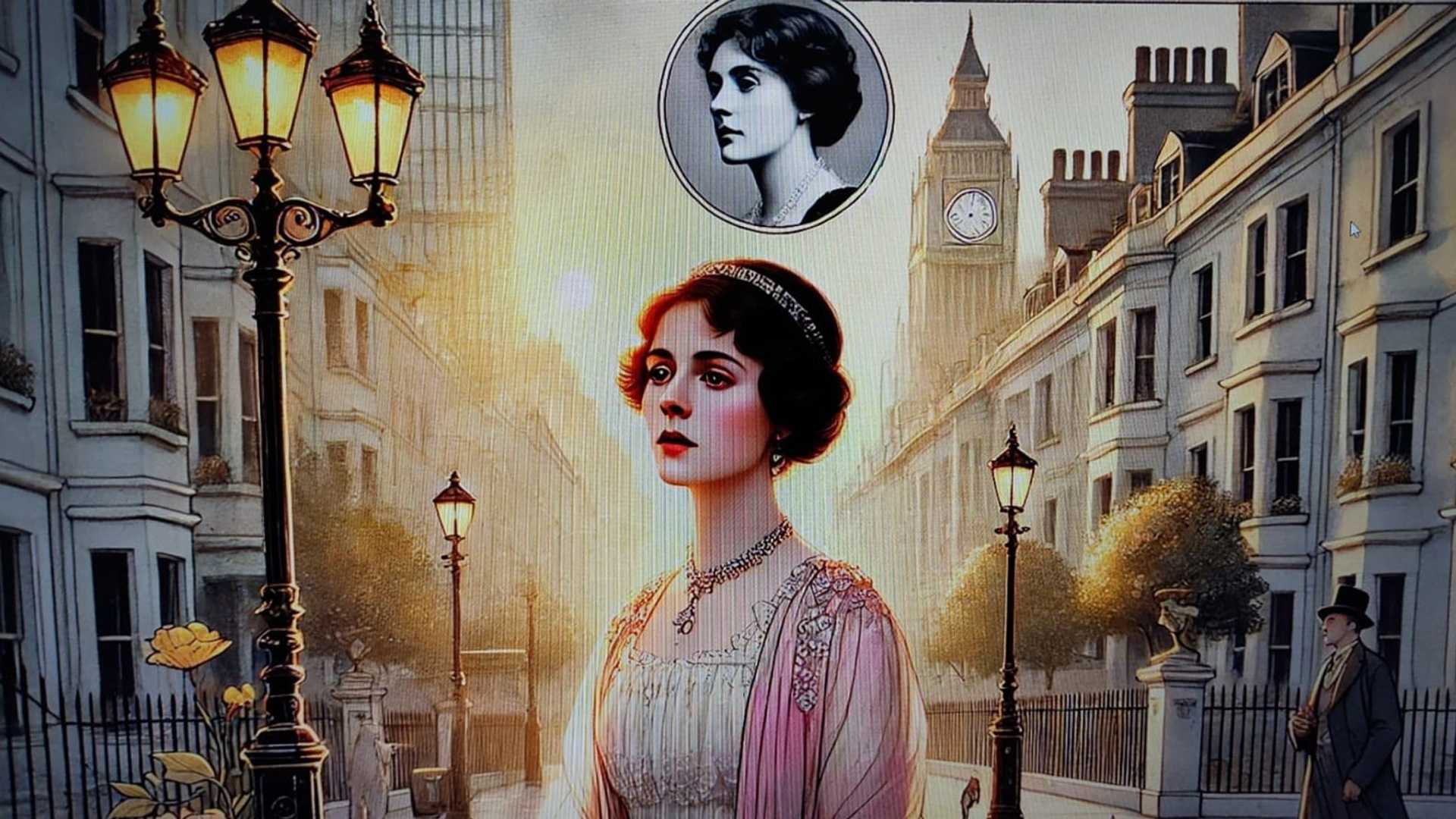Mrs Dalloway at 100: Virginia Woolf's forgotten India connection
Virginia Woolf’s classic novel Mrs Dalloway was published on May 14, 1925, and its centenary is being celebrated all over the Anglophone literary world. This newspaper too carried a laudatory editorial on the book, “Mrs Dalloway Turns 100,” as well as a quotation of the day from a more mystical novel of Woolf’s, The Waves (1931): “I am rooted, but I flow.” (IE, May 15). But hardly anyone has noted the multiple connections between this novel and its author and India.
These links are often explicit but sometimes indirect and counter-factual or, so to say, counter-fictional. The heroine Clarissa Dalloway lives in Westminster in the privileged heart of London in the shadow of the Big Ben, for she had three decades ago chosen to marry Richard Dalloway who is now an important Tory M.P. Had she not married this dull-though-suitable boy but her far more ardent suitor Peter Walsh, she would have become Mrs Walsh, gone off to India as an ICS officer’s wife, and probably become a benign sympathetic mem sahib, just as Peter is a benevolent and innovative ruler. As if to rub in the vital mistake she then made, Peter Walsh now turns up in London, calls on Clarissa, and she, at the age of 52, feels “like a virgin, … so shy,” and quietly wipes a tear; she finds him still “perfectly enchanting.” She says in her mind, “Take me with you,” and seems to want him even more keenly after he tells her that he is in love with a young woman in India.
Peter Walsh's Connection to India
Just because Peter had gone off to India, his friends in London think him to be a failure. As he now walks around London, he stops to look at the new cars on display in a shop but finds his own face staring back at him in the plate-glass shop-window, and has a moment of self-reflection both literally and metaphorically: “And there he was, this fortunate man, himself…All India lay behind him; plains, mountains; epidemics of cholera; a district twice as big as Ireland; decisions he had come to alone — … all of which Clarissa knew nothing whatever about.”

Leonard Woolf and India
Clarissa Dalloway here may seem to be in some ways like the young Virginia herself. The man she married, Leonard Woolf, had served in the Ceylon Civil Service from 1904 to 1911 and, on coming home on leave, had married Virginia and resigned from the service. This was after Lytton Strachey, his close friend from their student days at Cambridge, had strongly urged Leonard to marry her.
In contrast with this pedigreed world, Leonard Woolf, with his deep first-hand disillusionment with imperialism, had become a committed campaigner of the Labour Party and the long-term secretary of its Imperial Advisory Committee. It must have been inputs from Leonard that made Mrs Dalloway resonate with the expectation that the Labour Party would soon come to power, as indeed it did in 1924, the year after the novel is set.
The Bloomsbury Group and India
In Woolf’s most lyrical and introspective novel, The Waves, she created a set of six young friends, of whom the most gifted and attractive, Percival, goes to India, falls off a horse, and dies. My Ph D supervisor, a humorous man named Frank W Bradbrook, joked once that Woolf treats India as a dumping ground for the characters she no longer needs, and it is true that she seems to keep India largely at bay and off-stage.

Historically, the Indian Empire constituted the very ground on which the privileged upper classes of England trod. But the Bloomsbury group disavowed their forefathers, the “Eminent Victorians,” as Lytton Strachey ironically called them in the title of his debunking book. And in doing so, Virginia Woolf and her friends also relegated the Raj to the shadows from which it could be glimpsed only fleetingly and obliquely now and then. In June 1923, when Mrs Dalloway is set, Gandhi had been in jail for over a year on the charge of sedition, but one would never guess that from reading Mrs Dalloway.



















